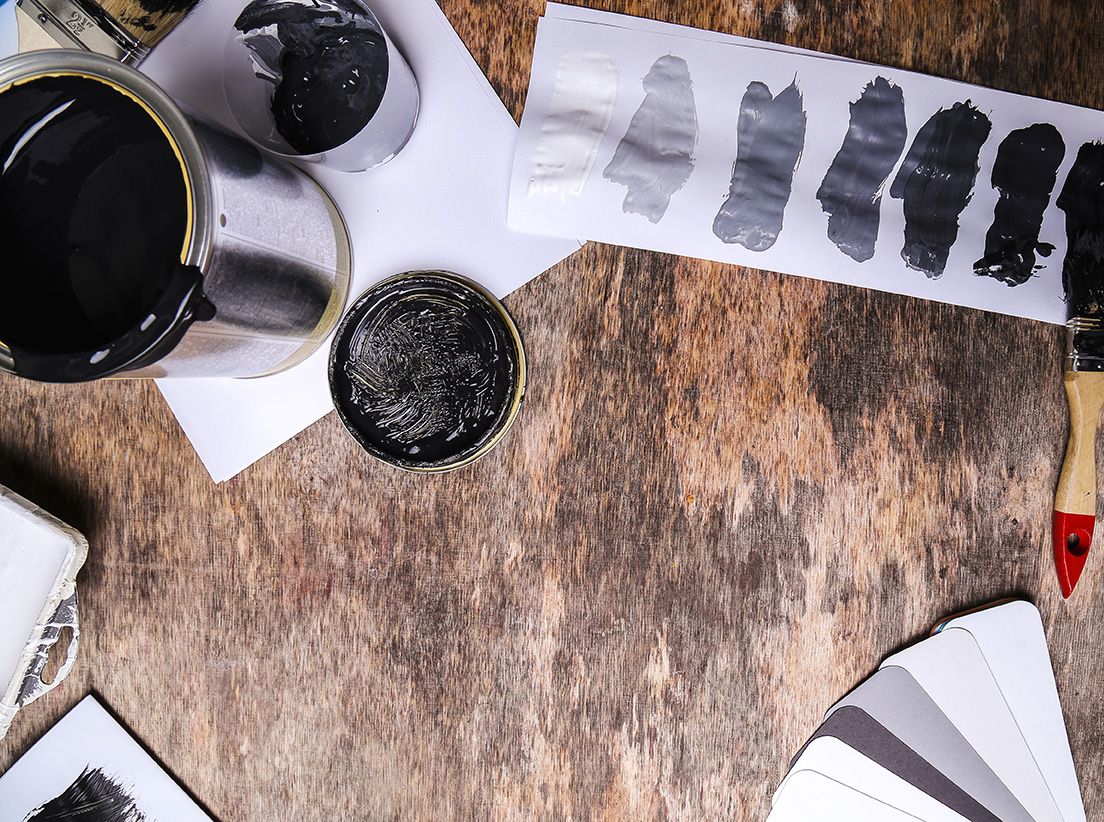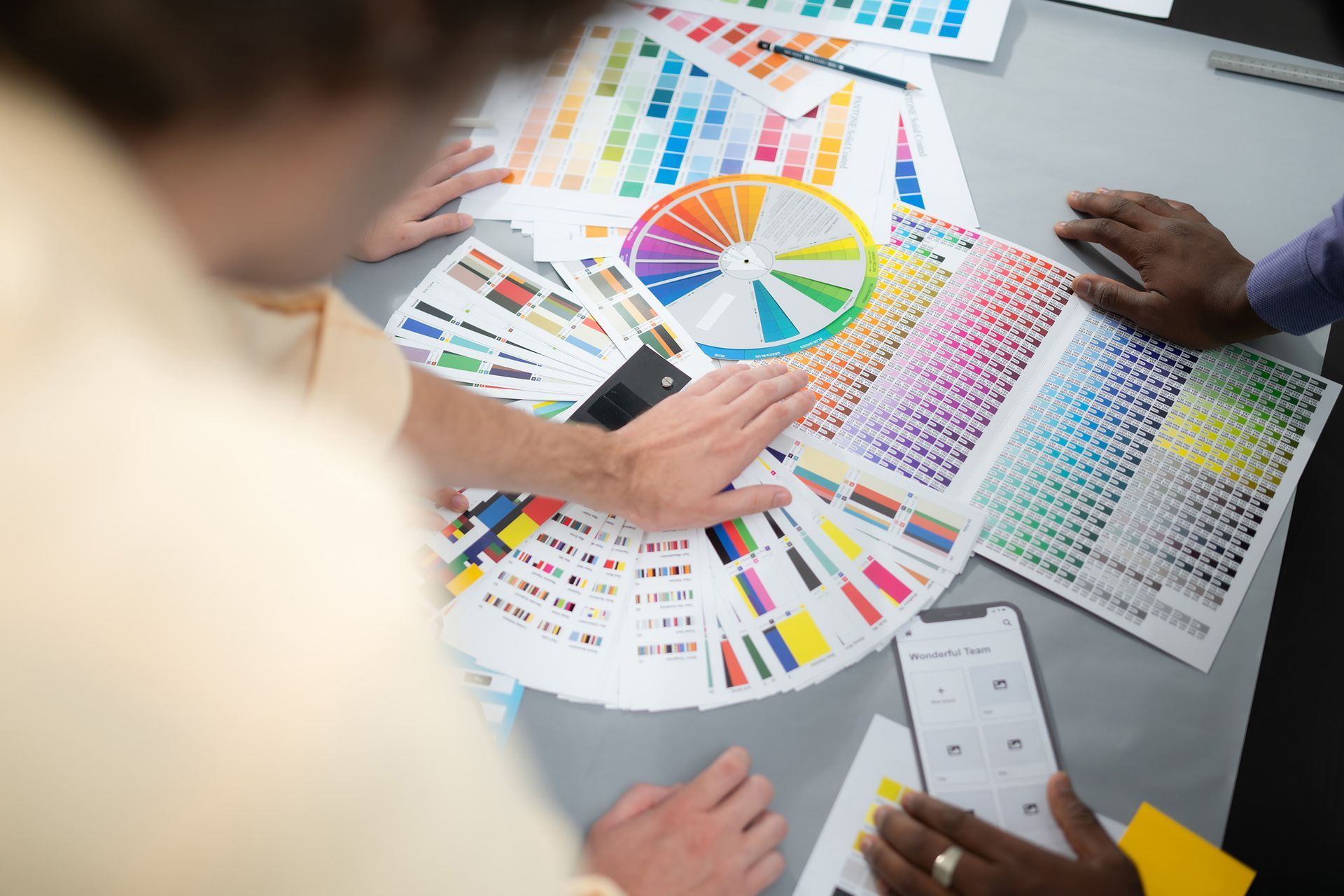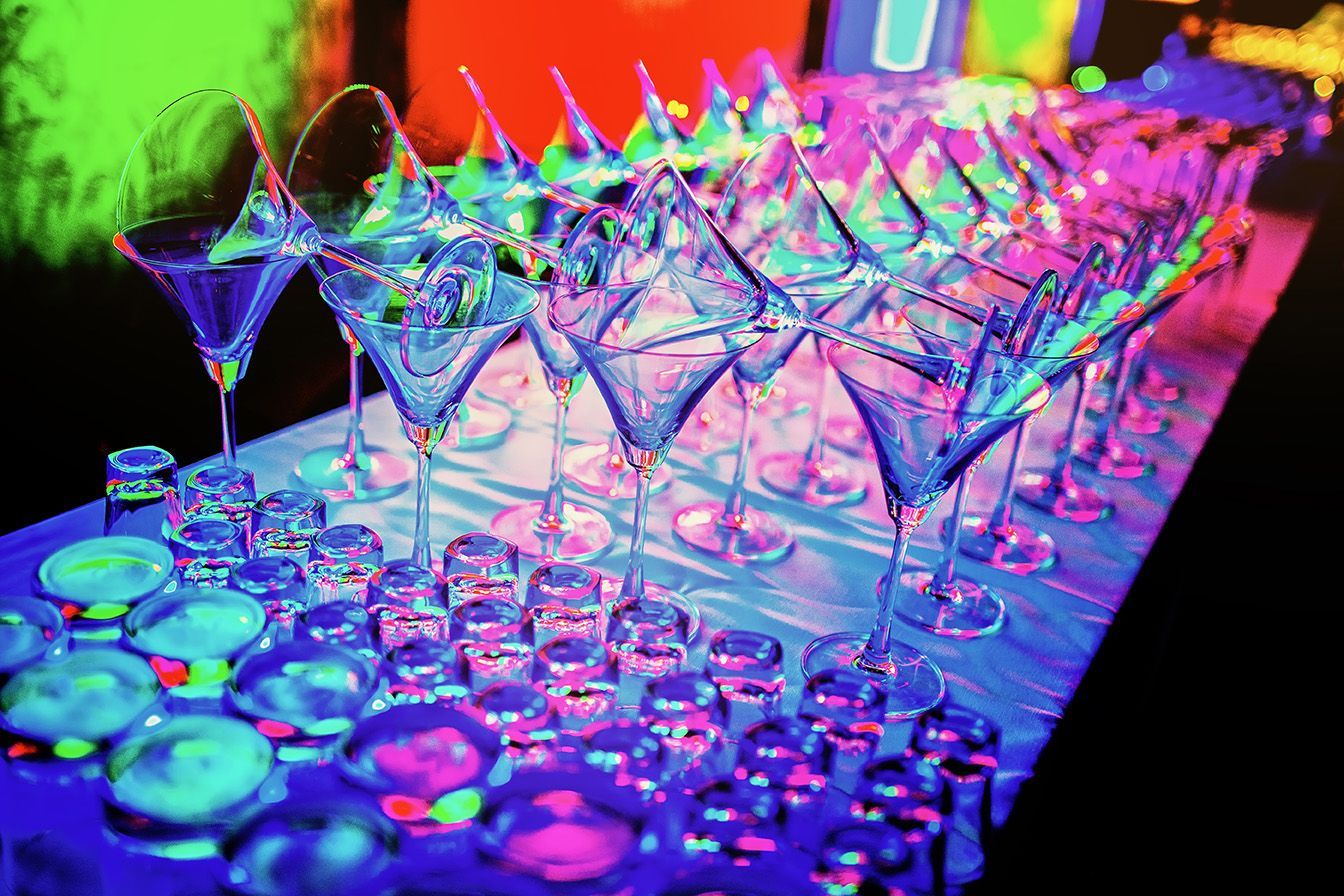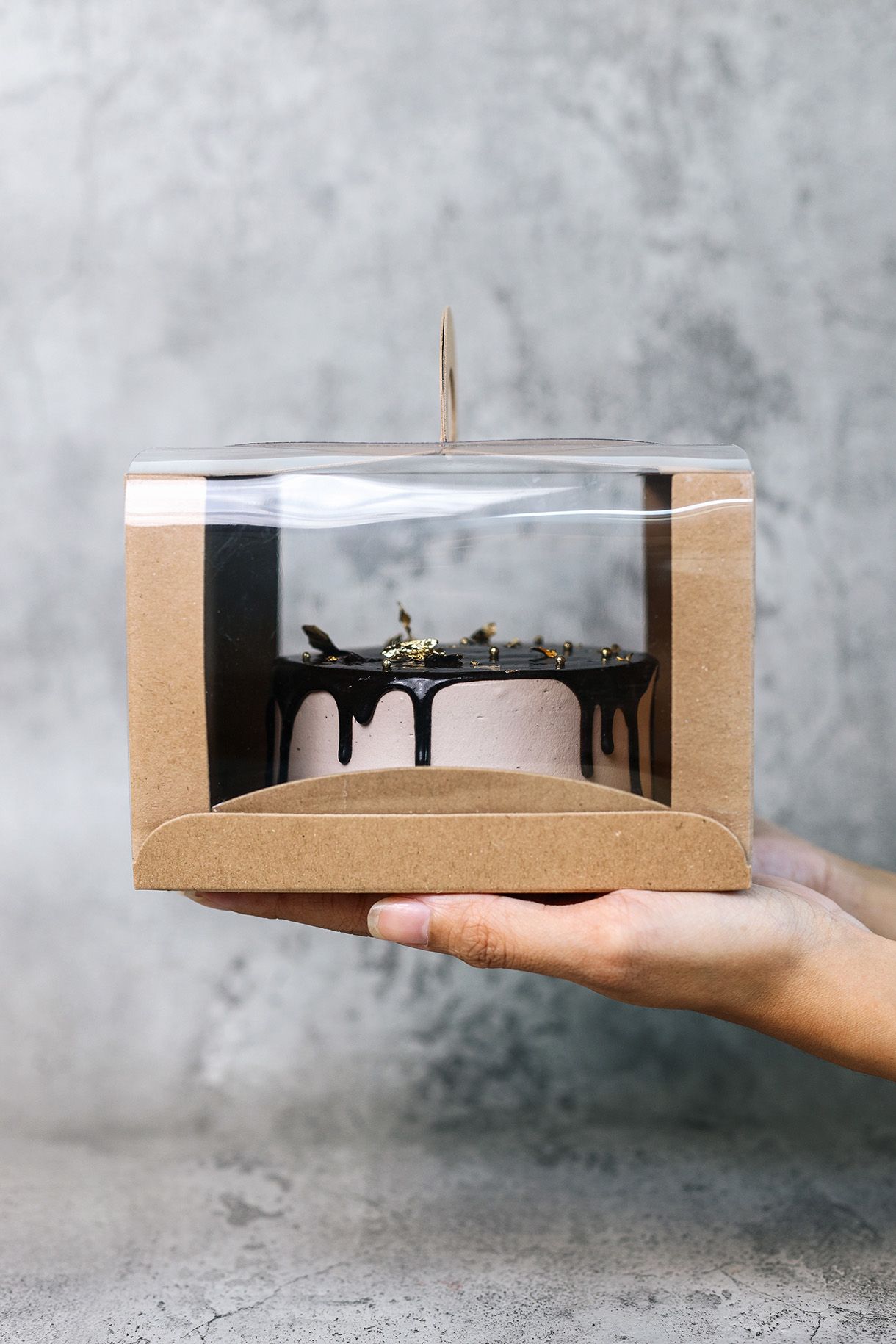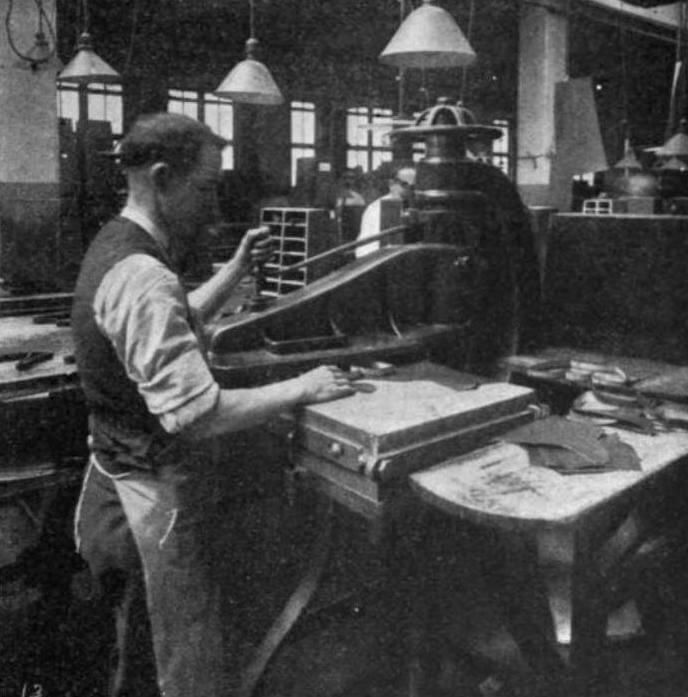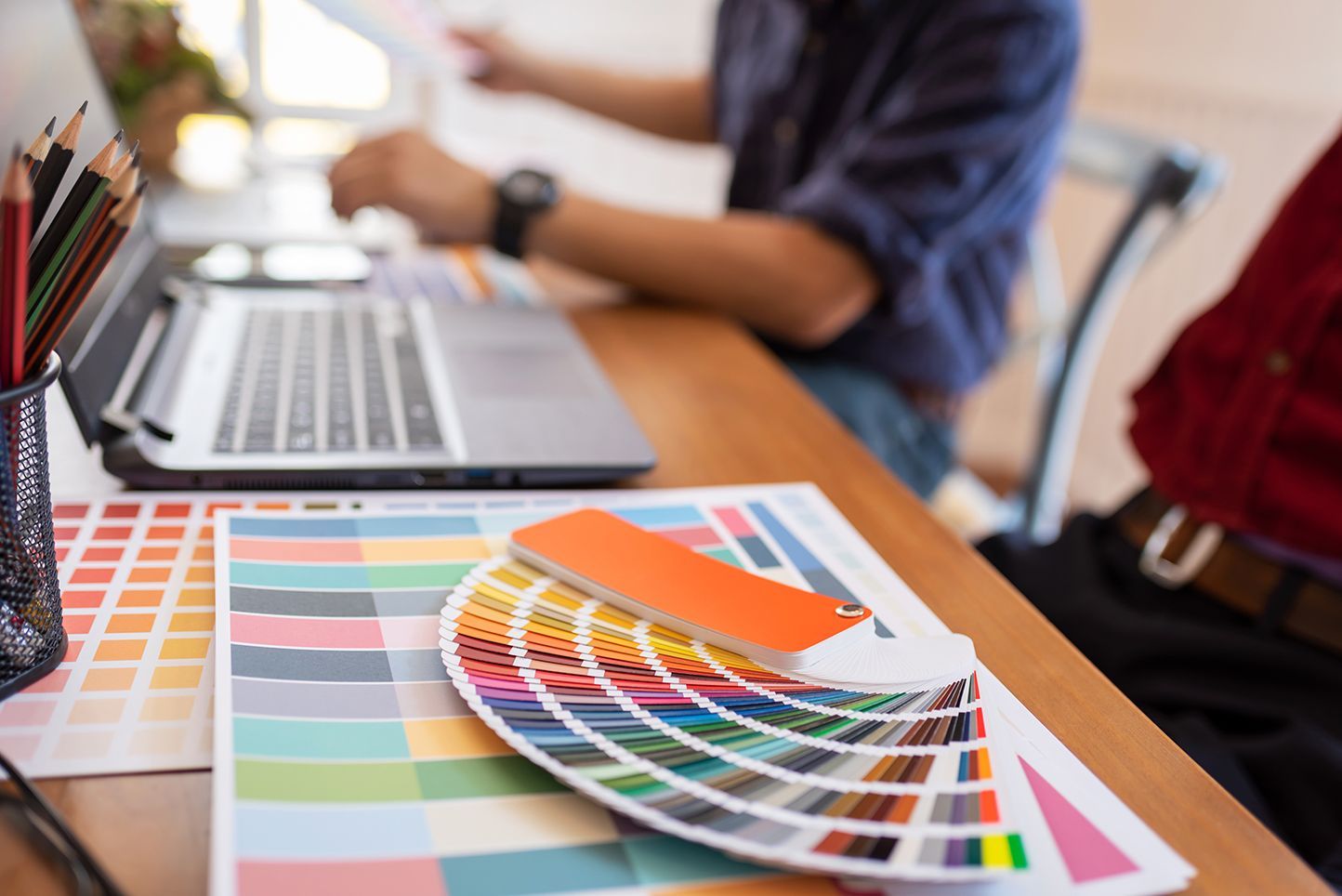Shop Smarter for Promotional Materials, Sustainable Choice for the Future
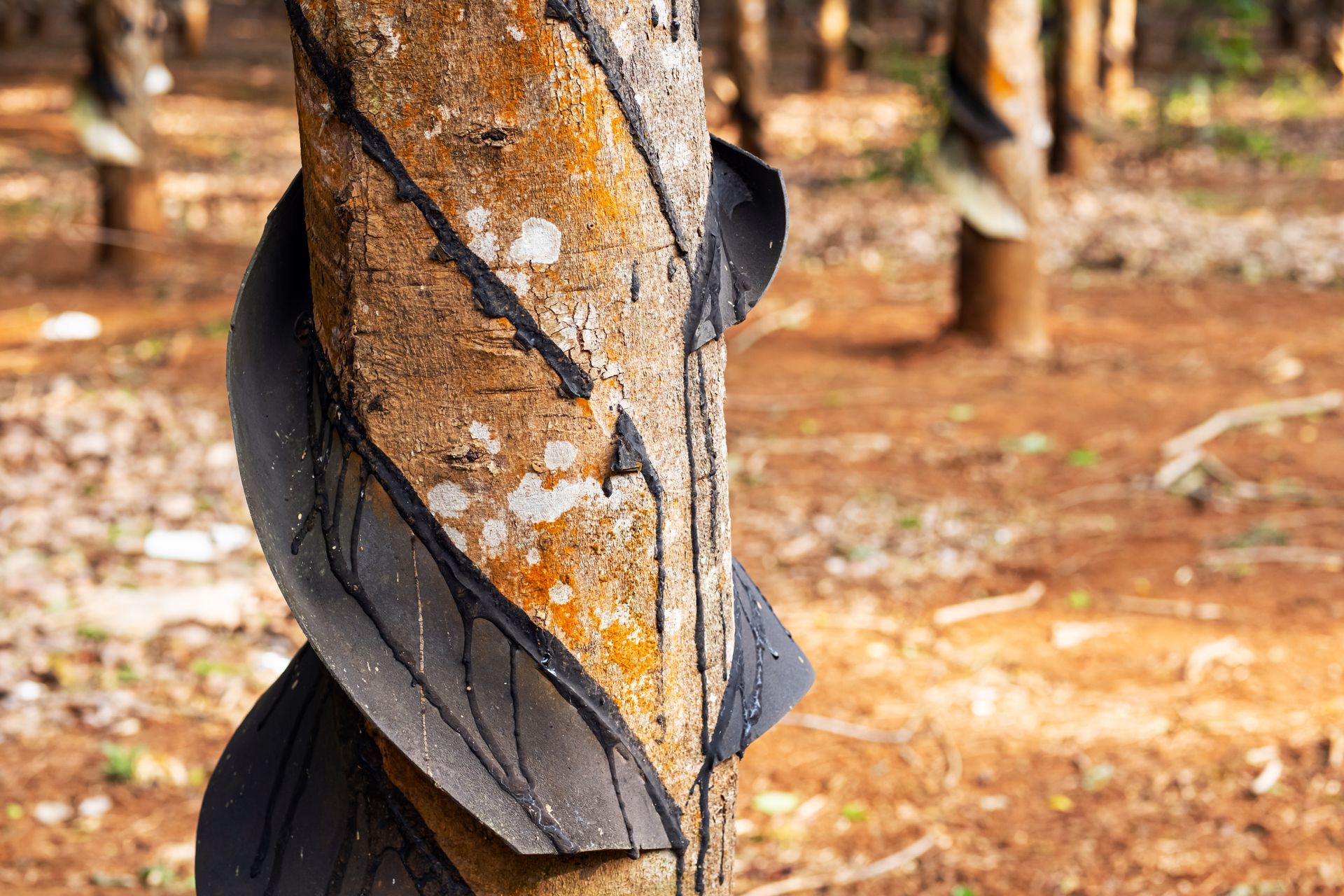
In today’s fast-paced world, promotional materials are essential for brand visibility and engagement. Items like gaming mats, mouse pads, and counter mats are ubiquitous in both professional and personal spaces. However, the environmental impact of these products is often overlooked. At LPi, we are committed to providing high-quality promotional materials that not only perform exceptionally well but also minimize environmental impact. Here’s why choosing our products is a smarter, more sustainable choice for innovative companies looking for better solutions in this growing industry.
The Longevity Advantage: Quality that Lasts
One of the most significant environmental benefits of our promotional materials is their longevity. Unlike many competitors, our products are designed to last. By using high-quality materials and advanced manufacturing processes, we ensure that our gaming mats, mouse pads, and counter mats remain functional and visually appealing for longer periods. This durability means less frequent replacements, which directly translates to reduced waste and lower environmental impact. Investing in products that stand the test of time is not only cost-effective but also an eco-friendly choice.
The Environmental Benefits of Rubber
Rubber, particularly natural rubber, is a highly sustainable material. Here are some key points that dispel common misconceptions about rubber and highlight its environmental advantages:
- Renewable Resource: Natural rubber is derived from the latex of rubber trees, which can be harvested for many years without harming the trees. This makes it a renewable resource.
- Biodegradability: Unlike synthetic materials such as PVC, natural rubber is biodegradable. It breaks down naturally in the environment, reducing long-term pollution.
- Carbon Sequestration: Rubber trees absorb carbon dioxide from the atmosphere, helping to mitigate climate change.
- Sustainable Agriculture: Rubber plantations can be part of agroforestry systems that promote biodiversity and provide habitats for wildlife.
Safer Adhesives for a Greener Product
A common concern with synthetic rubber products is the toxicity of the adhesives used in their production. Traditional solvent-based adhesives release volatile organic compounds (VOCs), which are harmful to both human health and the environment. At LPi, we prioritize finding and using safer, eco-friendly adhesives whenever possible, such as:
- Water-Based Adhesives: These adhesives have low VOC content and are less harmful to the environment.
- Hot Melt Adhesives: Solvent-free and effective for bonding, they do not emit harmful fumes.
- UV-Cured Adhesives: These adhesives cure quickly under UV light, reducing emissions and energy consumption.
We are constantly researching and exploring better methods and materials to further enhance the sustainability of our products. Our goal is to balance performance with environmental responsibility.
A Call to Innovate and Invest in Sustainable Solutions
The promotional materials industry is rapidly evolving, and companies must adapt to meet growing demands for sustainability. By choosing high-quality, durable products made from natural rubber and safe adhesives, companies can make a significant positive impact on the environment. It’s time to shift the focus from short-term gains to long-term sustainability.
At LPi, we are committed to leading this change. Our innovative processes and dedication to quality ensure that our products not only meet but exceed industry standards. We invite forward-thinking companies to join us in making smarter, more sustainable choices for their promotional needs.
Invest in durability. Invest in sustainability. Invest in a greener future with LPi.





